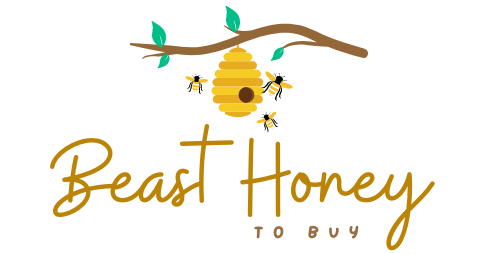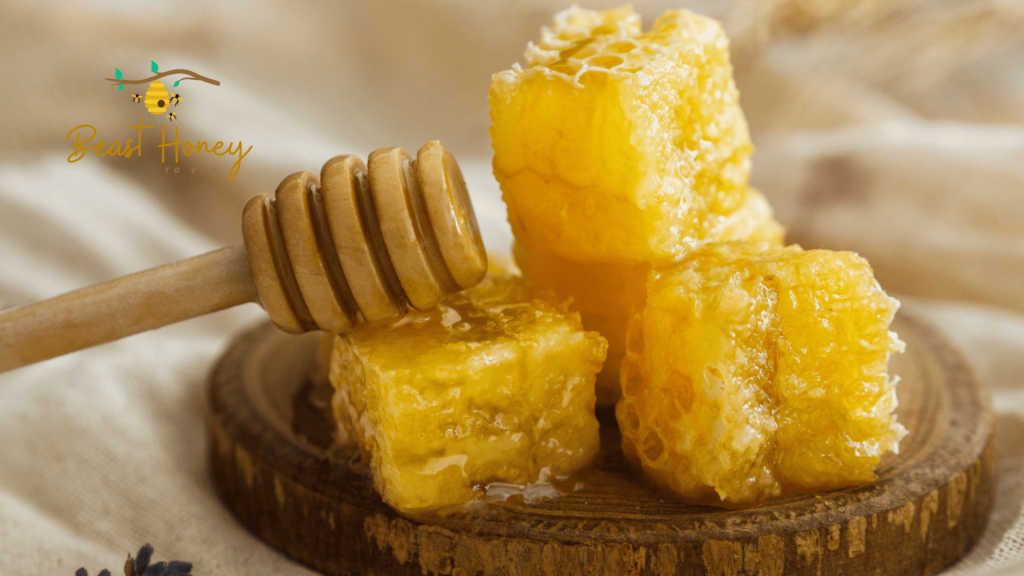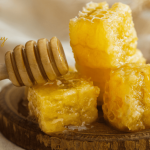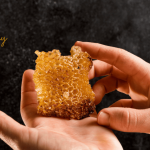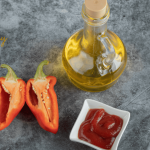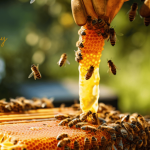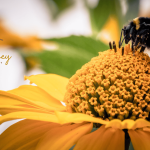Honey is a kitchen staple. It sweetens tea, soothes sore throats, and adds a golden touch to recipes. But if you’ve ever found an old jar of raw honey in your pantry, you might wonder: does it expire? Can raw honey go bad?
In this 3200-word guide, we’ll answer these questions and share everything you need to know about raw honey’s shelf life and storage. With simple tips and a friendly tone, we’ll help you keep your honey fresh and delicious. Let’s dive in!
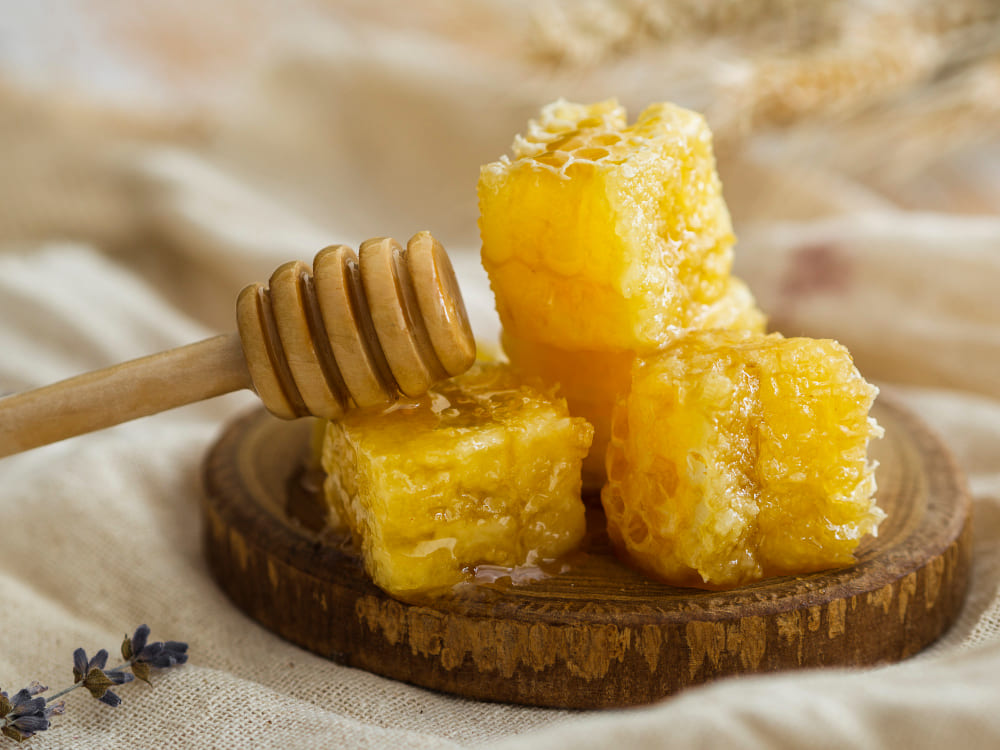
What Is Raw Honey?
Raw honey is honey straight from the beehive. It’s unprocessed, unheated, and unfiltered. Unlike regular honey, it keeps its natural enzymes, pollen, and nutrients. This makes it a favorite for health enthusiasts. It’s also packed with antioxidants and has a richer flavor than processed honey.
Raw honey can come from many sources, like wildflowers, clover, or rare plants. Its taste and texture vary depending on the flowers bees visit. Some are creamy, others are runny. But does this natural goodness last forever? Let’s find out.
Does Raw Honey Expire?
Here’s the short answer: raw honey doesn’t expire in the traditional sense. Thanks to its natural preservatives, it can last for decades—even centuries—without spoiling.
Archeologists have found edible honey in ancient Egyptian tombs, over 3,000 years old! But while raw honey doesn’t go bad, it can change over time. Let’s explore why.
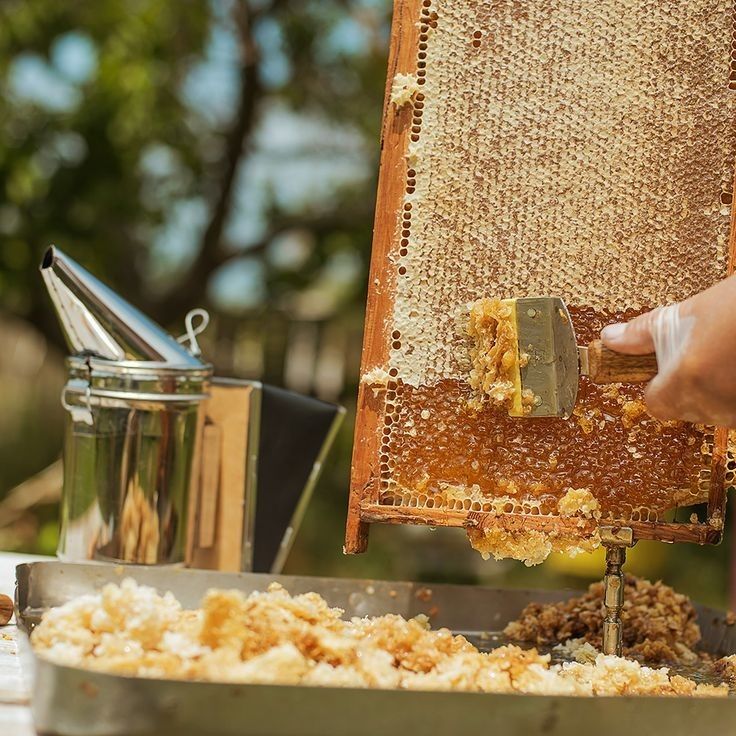
Why Raw Honey Stays Fresh
Raw honey is a tough environment for bacteria and microbes. Several factors keep it fresh:
- Low Water Content: Raw honey has very little water (about 18%). This makes it hard for bacteria to grow.
- High Sugar Content: Honey is mostly sugar, which pulls water out of microbes, killing them.
- Natural Preservatives: Raw honey contains enzymes like glucose oxidase. These produce hydrogen peroxide, a natural antiseptic.
- Acidity: Honey’s pH (around 3.9) is too acidic for most bacteria and fungi.
These qualities make raw honey a natural preservative. It’s why it can sit in your pantry for years and still be safe to eat.
Does It Have an Expiration Date?
Most raw honey jars have a “best by” date, usually two to five years from bottling. This is for legal and quality reasons, not because it spoils. The flavor, texture, or color might change slightly over time, but it’s still safe. If your raw honey is past its “best by” date, don’t toss it—it’s likely fine!
Can Raw Honey Go Bad?
While raw honey doesn’t expire, certain conditions can affect its quality. Here are some scenarios where it might seem “off”:
- Contamination: If water, food bits, or dirty utensils get into the jar, mold or bacteria could grow. This is rare but possible.
- Improper Storage: Heat or moisture can alter raw honey’s texture or flavor. It won’t spoil, but it might not taste as good.
- Fermentation: If water content rises (from improper storage), yeast in the honey can ferment. This creates a fizzy or alcohol-like taste. It’s still safe but might not be pleasant.
These issues are uncommon if you store raw honey properly. Let’s look at how to do that.
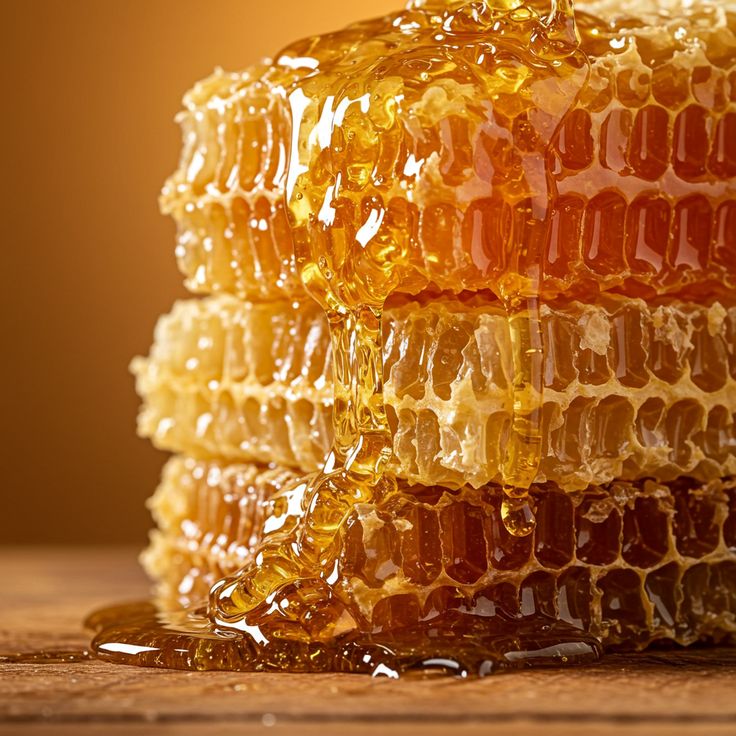
How to Store Raw Honey for Maximum Shelf Life
Storing raw honey is easy. With a few simple steps, you can keep it fresh for years. Here’s how:
1. Keep It in an Airtight Container
Raw honey loves a sealed jar. Glass jars with tight lids are best. They prevent air and moisture from sneaking in. Most raw honey comes in glass or food-grade plastic containers. If you transfer it, use a clean, dry, airtight jar.
- Example: A mason jar with a screw-on lid works great.
- Tip: Avoid using containers that held other foods, as leftover odors can affect the honey.
2. Store at Room Temperature
Raw honey thrives in a cool, dry place. Aim for 70-80°F (21-27°C). A pantry or cupboard is perfect. Avoid hot spots like near stoves or sunny windows. Heat can break down enzymes and dull the flavor.
- Avoid: Storing honey in a car or garage where temperatures fluctuate.
- Tip: If you live in a hot climate, choose a cooler part of your home, like a basement.
3. Don’t Refrigerate
Refrigeration isn’t necessary for raw honey. Cold temperatures can cause it to crystallize faster. While crystallized honey is still safe, it might be less appealing. If you accidentally chill it, warm it gently to restore its texture.
- How to Warm: Place the jar in warm (not hot) water until it’s smooth again.
- Warning: Don’t microwave raw honey—it can destroy its nutrients.
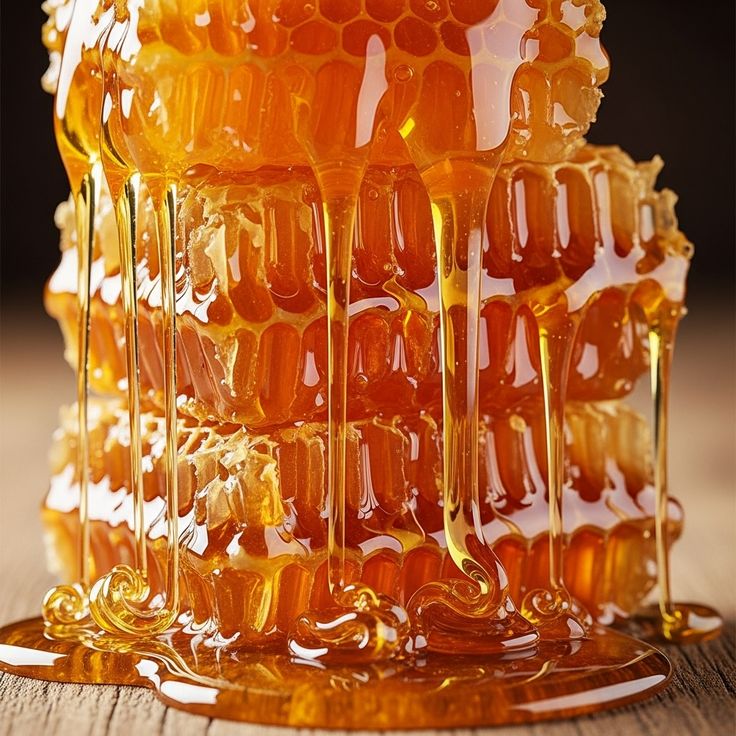
4. Use Clean, Dry Utensils
Always use a clean, dry spoon to scoop raw honey. Wet or dirty utensils can introduce moisture or bacteria. This could lead to fermentation or mold in rare cases.
- Tip: Wooden or silicone spoons are better than metal, as they’re less likely to conduct heat.
- Example: Keep a dedicated honey spoon in your kitchen for easy scooping.
5. Keep Away from Moisture
Moisture is raw honey’s enemy. Store it in a dry environment. If you live in a humid area, consider a dehumidifier for your pantry. Even a tiny bit of water in the jar can cause issues over time.
- Tip: Wipe the jar’s rim before sealing to remove any sticky residue.
- Example: A silica gel packet near (not in) the jar can absorb extra moisture.
Why Does Raw Honey Crystallize?
If your raw honey turns grainy or solid, don’t panic—it’s crystallizing. This is normal and doesn’t mean it’s spoiled. Crystallization happens because raw honey is a supersaturated sugar solution. The glucose naturally forms crystals over time.
Factors That Speed Up Crystallization
- Temperature: Cool temperatures (below 50°F or 10°C) encourage crystals.
- Floral Source: Honeys like clover or alfalfa crystallize faster than acacia or tupelo.
- Storage Time: Older honey is more likely to crystallize.
Is Crystallized Honey Safe?
Yes, it’s perfectly safe! Crystallized raw honey keeps all its nutrients and flavor. Some people even prefer its spreadable texture for toast or bagels.
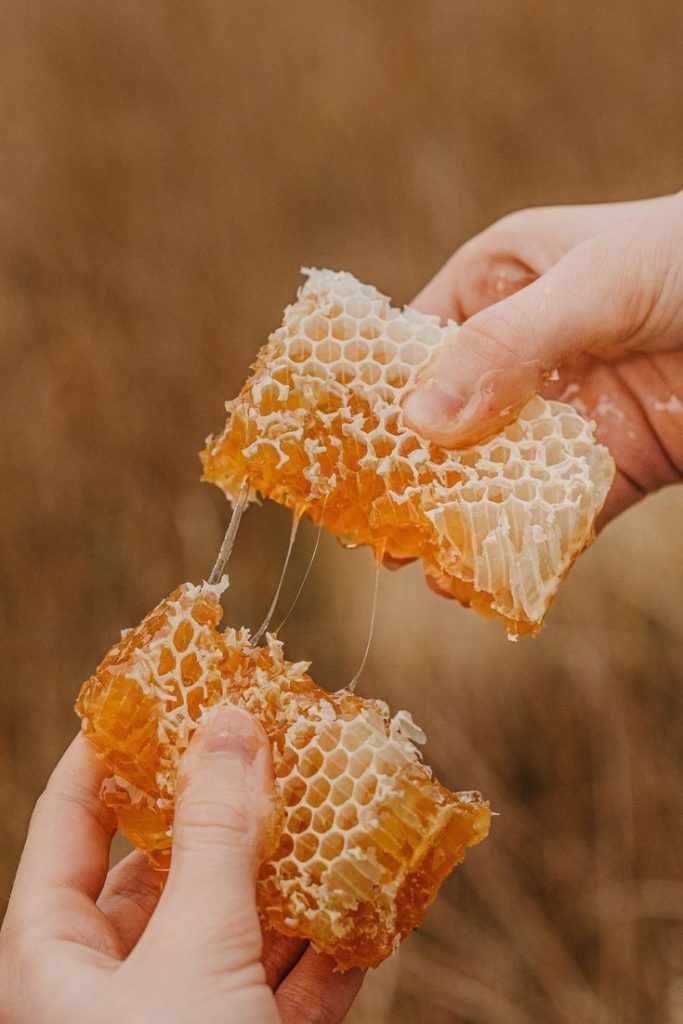
How to Decrystallize Raw Honey
If you want smooth honey again, here’s how to do it:
- Warm Water Bath: Place the jar in a bowl of warm water (below 104°F or 40°C).
- Stir Gently: Mix occasionally to help it melt evenly.
- Be Patient: It might take 20-30 minutes, depending on the jar size.
- Avoid Overheating: Too much heat can harm the honey’s enzymes.
- Tip: Repeat the process if crystals form again.
- Warning: Don’t boil or microwave—it can ruin the honey’s quality.
Signs Your Raw Honey Might Be Off
While raw honey rarely spoils, it’s good to know what to look for. Check your jar for these signs:
- Unusual Smell: A sour, yeasty, or alcohol-like odor could mean fermentation.
- Mold or Foam: Visible mold or frothy bubbles suggest contamination.
- Odd Taste: If it tastes off or overly tart, it might have fermented.
If you see these, it’s best to discard the honey. But this is rare with proper storage.
How Long Does Raw Honey Last?
Raw honey can last indefinitely if stored correctly. Its natural preservatives keep it safe for years. Here’s a breakdown:
- Unopened Jars: Can last decades without losing safety or major quality.
- Opened Jars: Stay fresh for years with proper care. Flavor might fade slightly after 5-10 years.
- Rare Honeys: Varieties like Yemeni Sidr or Pitcairn Island Honey follow the same rules but may lose unique flavors over time.
For the best taste, use raw honey within 2-3 years of harvest. After that, it’s still safe but might not be as vibrant.
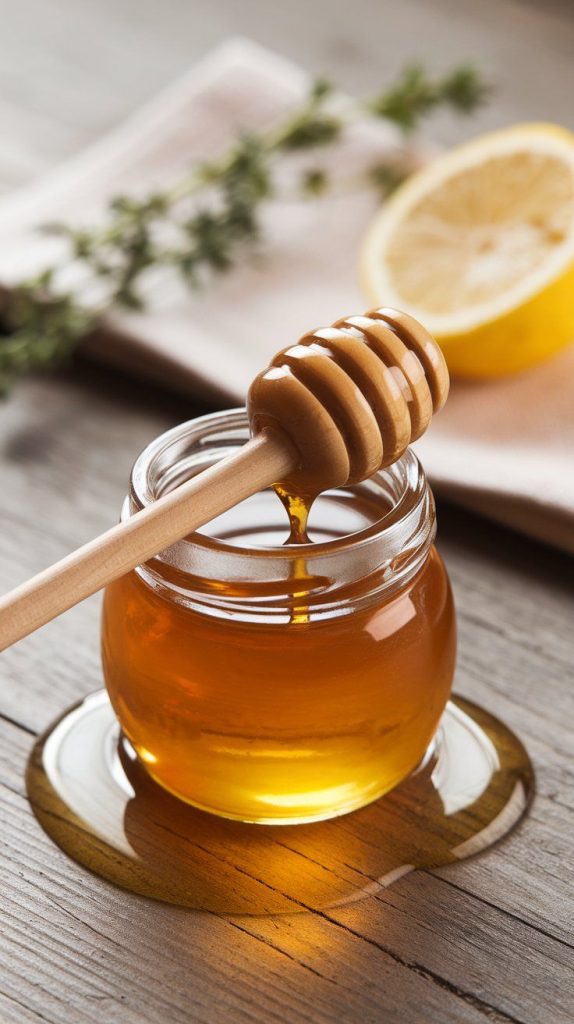
Raw Honey vs. Regular Honey: Shelf Life Differences
Regular (processed) honey is heated and filtered to stay liquid and clear. This removes some natural enzymes and pollen. Both types have a long shelf life, but there are differences:
- Raw Honey: Keeps more nutrients and may crystallize faster due to natural particles.
- Regular Honey: Stays liquid longer but may lose some health benefits from processing.
- Spoilage Risk: Both are low-risk, but raw honey is more sensitive to moisture contamination.
For maximum health benefits, choose raw honey and store it carefully.
Tips for Buying High-Quality Raw Honey
Not all raw honey is equal. To ensure you get the best, follow these tips:
- Buy from Trusted Sources: Choose local beekeepers or reputable brands like AmesFarm.com.
- Check Labels: Look for “raw,” “unfiltered,” and “unheated” on the jar.
- Know the Source: Honey from specific flowers (e.g., lavender or manuka) often has better quality.
- Avoid Cheap Deals: Very low prices might mean diluted or fake honey.
- Ask Questions: Contact sellers about harvest dates and storage practices.
- Example: Local farmers’ markets are great for finding fresh, raw honey.
- Tip: Join honey enthusiast groups on Reddit to discover trusted suppliers.
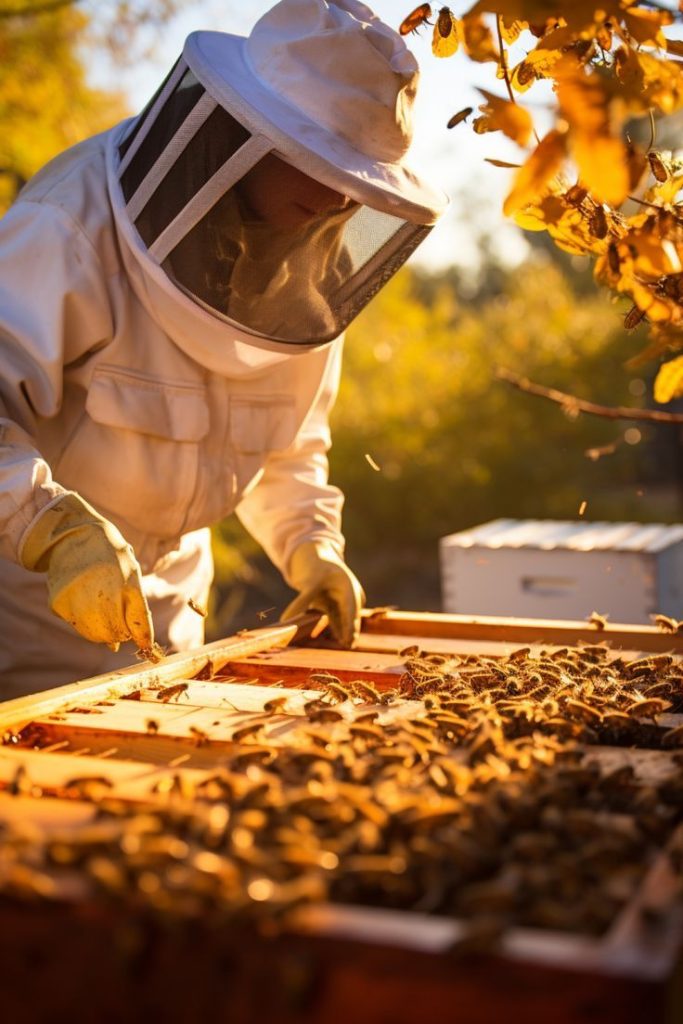
Uses for Old Raw Honey
Got an old jar of raw honey? Don’t toss it! Even if it’s crystallized or past its “best by” date, it’s likely fine. Here are creative ways to use it:
- Cooking: Use in marinades, sauces, or baking. Crystallized honey works great in cookies.
- Skincare: Mix with oats for a soothing face mask. Raw honey’s enzymes hydrate skin.
- Home Remedies: Stir into warm water with lemon for a cold remedy.
- Fermentation: Use slightly fermented honey in homemade mead (consult an expert first).
- Example: Add a spoonful to a BBQ glaze for ribs—it adds a sweet, tangy kick.
- Tip: If the flavor is faded, use it in recipes where honey isn’t the star.
Health Benefits of Raw Honey
Raw honey’s long shelf life isn’t its only perk. It’s packed with health benefits:
- Antioxidants: Fights free radicals, supporting heart health.
- Antibacterial Properties: Helps with minor cuts or sore throats.
- Digestive Aid: Soothes stomach issues and supports gut health.
- Allergy Relief: Local raw honey may reduce seasonal allergy symptoms.
- Tip: Take a teaspoon daily for a natural health boost.
- Warning: Don’t give raw honey to children under one year due to botulism risk.
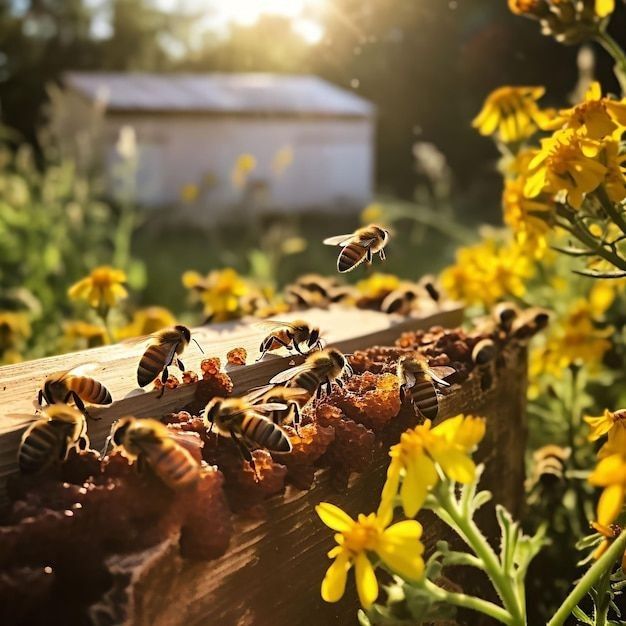
Common Myths About Raw Honey Shelf Life
Let’s clear up some misconceptions:
- Myth: Raw honey expires after a year.
- Truth: It can last indefinitely with proper storage.
- Myth: Crystallized honey is spoiled.
- Truth: Crystallization is natural and reversible.
- Myth: Refrigeration extends shelf life.
- Truth: It’s unnecessary and can speed up crystallization.
FAQs About Raw Honey Shelf Life
Can you eat 10-year-old raw honey?
Yes, if stored properly, it’s safe. The flavor might be less intense, but it’s still good.
Why does my raw honey look cloudy?
Cloudiness is normal in raw honey. It’s from pollen and natural particles, not spoilage.
Can I freeze raw honey?
Freezing isn’t needed. It can cause crystallization and affect texture. Store at room temperature instead.
How do I know if my raw honey is pure?
Check for “raw” and “unfiltered” labels. Buy from trusted beekeepers or test it—pure honey doesn’t dissolve quickly in water.
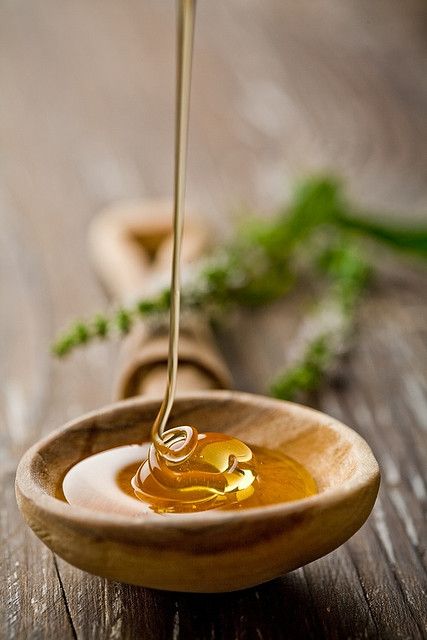
Storing Rare Raw Honeys
Rare raw honeys, like Elvish Honey or Kiawe Honey, follow the same storage rules. But their unique flavors make proper care extra important. For example:
- Elvish Honey (Turkey): Its earthy taste fades with heat exposure. Keep it in a cool pantry.
- Kiawe Honey (Hawaii): Its creamy texture can harden in cold temps. Store at 75°F for smoothness.
- Yemeni Sidr Honey: Its medicinal properties are best preserved in glass jars away from sunlight.
- Tip: Check seller websites for specific storage tips for rare varieties.
- Example: GeoHoney.com often includes storage guides.
Environmental Impact of Proper Storage
Storing raw honey well isn’t just about taste—it’s eco-friendly. By keeping it fresh, you avoid waste. Plus, supporting raw honey producers helps small beekeepers who protect bee populations. Bees are vital for pollinating crops, so every jar counts.
- Tip: Buy from sustainable brands to support eco-conscious beekeeping.
- Example: Look for “bee-friendly” certifications on labels.

Conclusion
Raw honey is a gift from nature that doesn’t expire. Its natural preservatives keep it safe for years, even decades. With proper storage—airtight jars, room temperature, and clean utensils—your raw honey will stay fresh and flavorful. Crystallization is normal and easy to fix.
Whether you’re drizzling it on pancakes or using it in a face mask, raw honey is versatile and long-lasting. So, next time you find an old jar, don’t toss it—enjoy it! Stock up on quality raw honey, store it right, and savor its sweetness for years to come.
